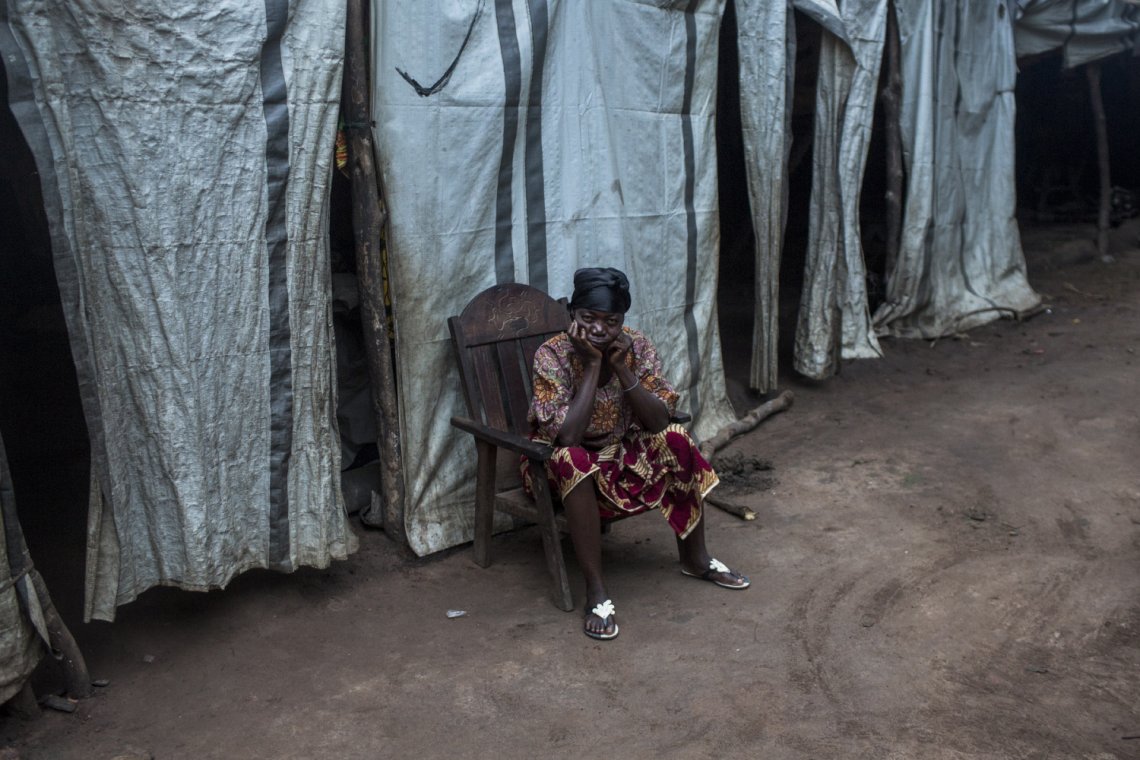Interviews with Tim Hetherington Award Winners: William Daniels
William Daniels won the Tim Hetherington Grant, a joint initiative set up by The World Press Photo and Human Rights Watch, in 2014 for his proposed project ‘Roots of Africa’s Unholy War’ which focuses on the Central African Republic (CAR) as it is plunged into the bloodiest crossroads of its short history. The Seleka militia was responsible for widespread human rights abuses over the course of 2013; killing countless civilians, looting thousands of homes and burning numerous villages. The majority of the population is Christian and the majority of Seleka members are Muslim. The abuse made by the Seleka spurred the emergence of the loosely organised ‘anti-balaka’ militia, made up of Christians and animists opposed to Seleka rule. As a response, anti-balaka fighters carried out horrific attacks on Muslim communities, particularly in CAR’s North-West.
William Daniels undertook five trips to CAR during this period to understand and to cover the unfolding drama and the roots of the conflict, which have been under-reported by the media. He wishes to be able to switch perspectives to document the unseen side of the conflict, and to provide an understanding of the country through compassionate imagery. His plan is to present his work in the press, in a New York street exhibition, and in a book.
Here we discuss with Daniels the progression of the project and his aims to shape it through visual media.
How has the project developed since winning The Tim Hetherington Grant?
Before I won the award I was spending a lot of time in CAR, documenting the environment and seeing first-hand the effects the violence had been having. After winning the Grant I decided to return home to rest and plan my next move. I went back in July and will travel there back and forth between now and February 2016.
What are your aims?
I’m trying to document the context of the conflict and pin point the reasons as to why exactly it is happening. I’m splitting my time investigating different angles of the environment and following up on what I have already learnt since starting the project in 2013. As an example, I met a group of cow herders who are part of the Fulhanis (Muslim). They are embroiled in the crisis because they paid the consequences of what happened earlier with the Anti-Balakas. They travel with huge groups of cows and when they step on land owned by Christian farmers, conflict usually follows. I’ll continue to follow and investigate this path, while also travelling around to places such as Batangafo, Kaga Bandoro, Bambari and Bria to see how they deal with the violence.
How do you approach the people you want to photograph?
It depends on the situation, I always introduce myself as a documentary photographer. I try to explain that my work is shown in magazines, and in this case will be shown in an exhibition in New York. It’s about communicating the situation to wealthier countries, and I try to explain the importance of this to them. It can be difficult, for example when I visited an Internally Displaced Camp in Batangafo there was 28,000 IDPs and I was there to photograph the campsite. What I found was that it was difficult to photograph the situation because a lot of them didn’t see the point of me photographing them. They’ve seen journalists before and yet they haven’t seen their situation change, so they are a bit suspicious - many see the foreigner as someone who makes profit on their tragedy. Also having a white guy visit them can be seen to be a big event, especially for the children, so it can be difficult to photograph scenes of normal life a lot of the time.
How do you deal with the violence?
The situation has changed concerning the fighting. It’s no longer in the streets. It’s mostly in isolated or remote places and happens very fast, more than before. The people are suffering a lot, there is a lot of violence in people’s minds. There are a lot of rumours and ideas which people end up believing, which in itself can be dangerous.
How do you connect the people you photograph and the audience you are showing the work to?
My job is to talk to these people and explain to them that I am trying to document the events which surround them. The hope is that they understand this, but it’s through a lot of discussion, which can be very tiring. On the flip side my goal is to show an audience the realities of the situation, to make a body of work which informs and touches people.
